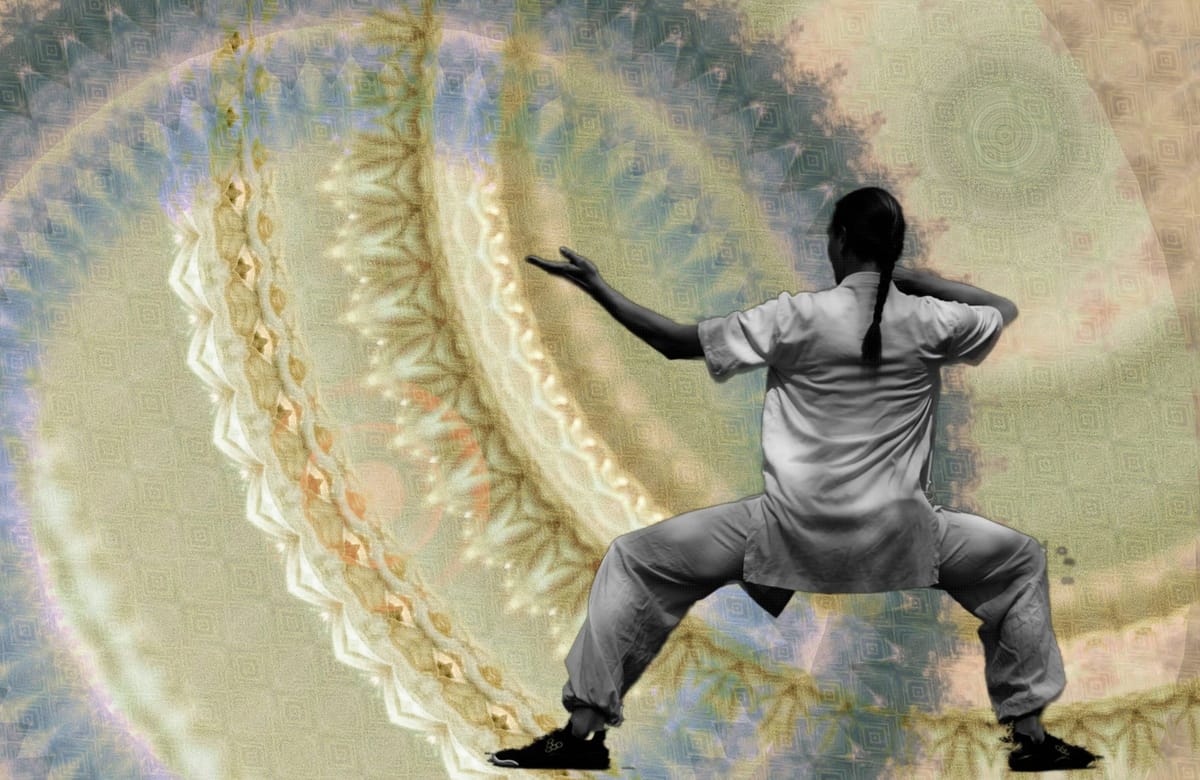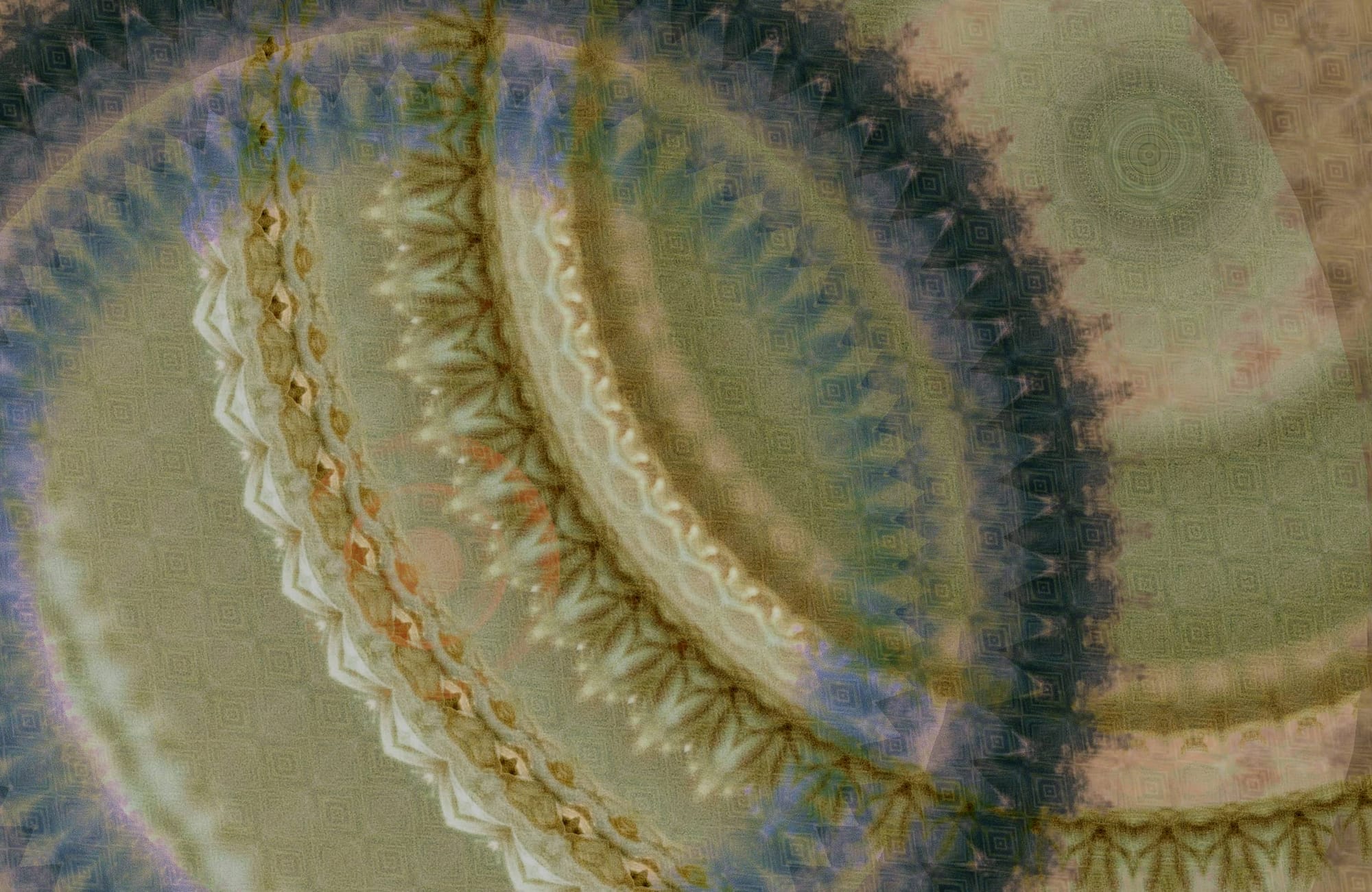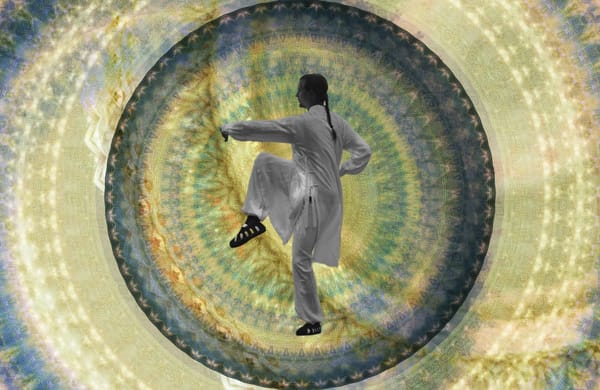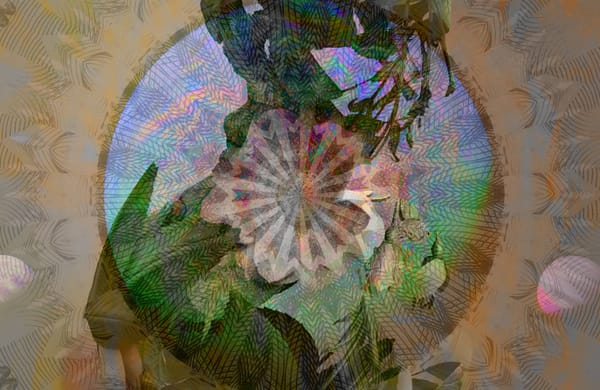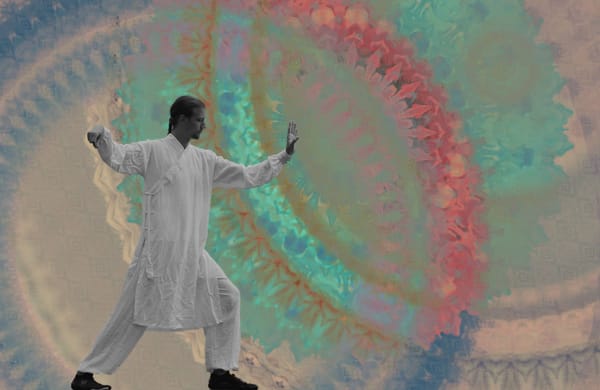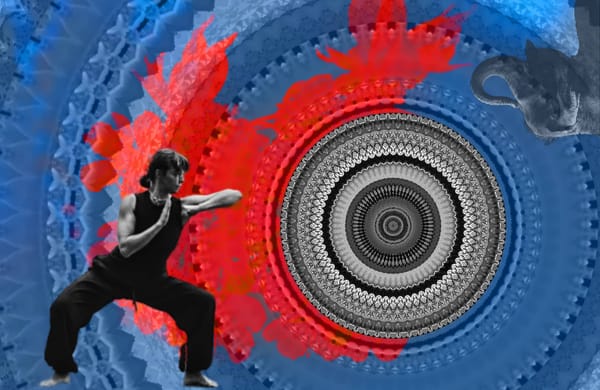Wudang Taijiquan 13 Steps
The Taiji 13 Postures combine eight core techniques with five stepping methods, creating a fluid system of movement. Each posture flows naturally into the next, blending strength and balance in a practical, meditative practice.
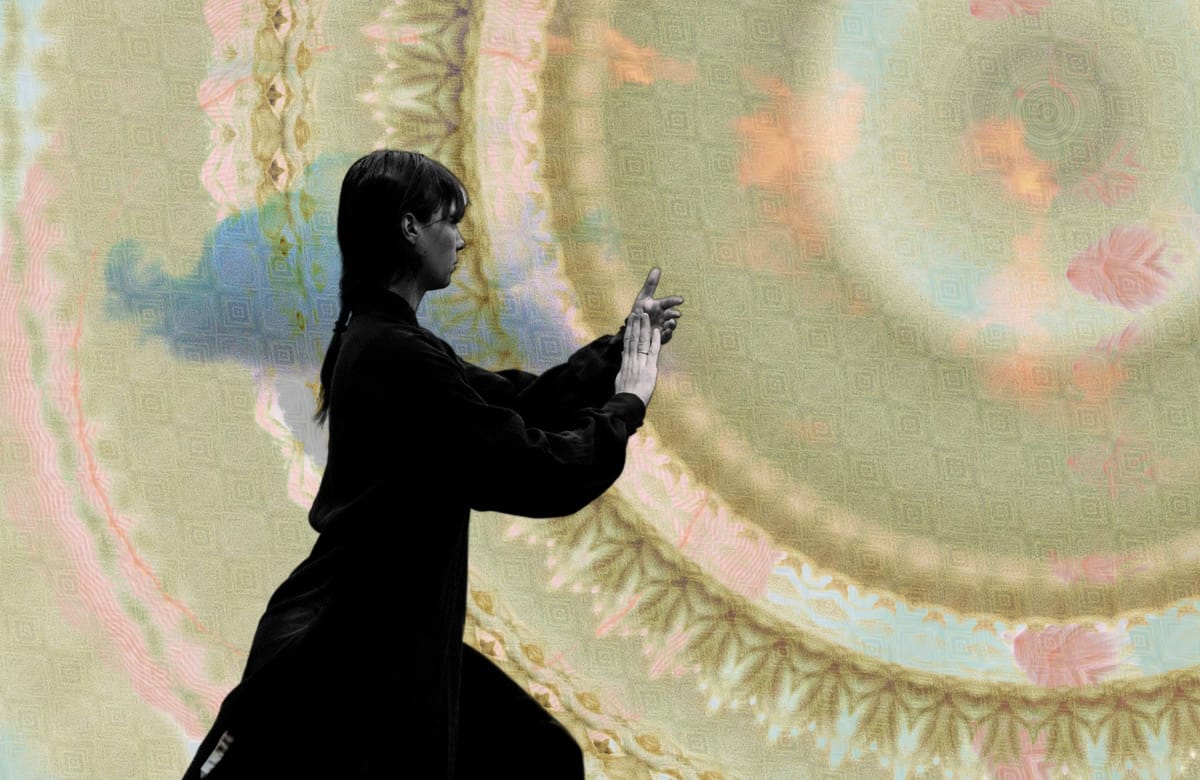
When you first encounter the Taiji 13 Postures (Tài Jí Shí Sān Shì, 太極十三勢), you're not simply learning a sequence of movements—you're stepping into a living philosophy that has guided practitioners for centuries. These thirteen fundamental expressions form the very heart of Taijiquan, representing far more than martial techniques; they are gateways to understanding the profound interplay between mind, body, and spirit that defines authentic internal cultivation.
At its heart, this ancient system brings together five stepping patterns and eight fundamental techniques, blending them into a fluid, meaningful practice. But to really grasp their depth, it helps to see each posture as a vessel of Daoist insight—wisdom passed down by those who understood that real martial skill isn’t about brute strength, but about aligning with the natural flow of things. When you move through these forms, you’re not just training the body—you’re tuning into the same forces that shape the seasons, guide the rivers, and breathe life into every moment.
The philosophical foundation rests upon two pillars of classical Chinese thought: the Five Elements (五行)—Wood, Fire, Earth, Metal, and Water—which represent the cyclical transformations of energy in nature, and the Eight Trigrams (八卦) from the I Ching, which map the fundamental forces of change and interaction in the universe. When you move through these postures, you're not merely mimicking ancient forms; you're embodying these archetypal energies, allowing them to flow through your being and transform your understanding of power, balance, and timing.
By the way ....
... since we are redesigning our website, we have opened the founder plan again, which runs -60% off the regular Scholar plan.
Perhaps most remarkably, the 13 postures teach us to embrace paradox as a pathway to mastery. In your practice, you'll discover how softness can overcome hardness—not through weakness, but through intelligent yielding that redirects force rather than opposing it directly. You'll learn to harmonise internal and external forces, developing the kind of integrated strength that emerges when physical movement aligns perfectly with breath, intention, and spirit. And you'll cultivate the art of movement within stillness and stillness within movement, discovering that true power often lies in the pause between actions, in the moment of perfect equilibrium before change begins.
The Five Stepping Positions (五步) in Taijiquan
In Taijiquan (Tai Chi), movement isn't just about moving your arms - your feet are equally important! The Five Stepping Positions form the foundation of all Taijiquan movement, helping you stay balanced, adaptable, and ready to redirect any incoming force.
These five steps are beautifully connected to the Five Elements (五行) of Chinese philosophy, creating a complete system of movement that works in harmony with natural principles.
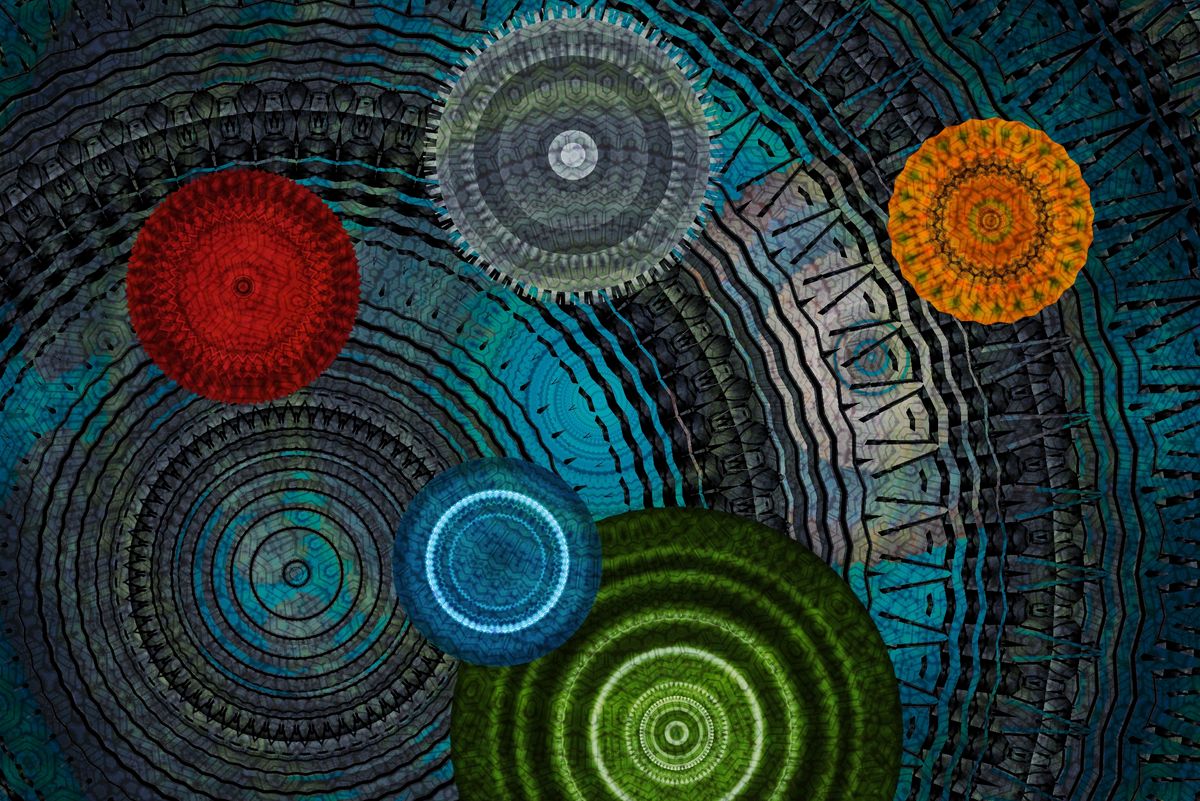
more about this concept here
The Five Steps Explained
| Step | Chinese | Pinyin | Direction | Element |
|---|---|---|---|---|
| Forward Step | 前進 | Qián Jìn | North | Water (水) |
| Backward Step | 後退 | Hòu Tuì | South | Fire (火) |
| Left Step | 左顧 | Zuǒ Gù | West | Metal (金) |
| Right Step | 右盼 | Yòu Pàn | East | Wood (木) |
| Center Step | 中定 | Zhōng Dìng | Center | Earth (土) |
What Each Step Means
Forward Step (前進) - Water Element
- Movement: Stepping forward with intention
- Energy: Like water flowing forward, gentle but persistent
- When to use: Advancing toward your partner or target
Backward Step (後退) - Fire Element
- Movement: Stepping back while maintaining awareness
- Energy: Like fire's ability to retreat and regroup
- When to use: Creating space or avoiding incoming force
Left Step (左顧) - Metal Element
- Movement: Stepping to your left side
- Energy: Sharp and precise like metal
- When to use: Side-stepping or circular movements to the left
Right Step (右盼) - Wood Element
- Movement: Stepping to your right side
- Energy: Flexible and growing like wood
- When to use: Side-stepping or circular movements to the right
Center Step (中定) - Earth Element
- Movement: Staying rooted in place
- Energy: Stable and grounding like earth
- When to use: Maintaining your position while redirecting force
Access it all!
The Founder plan is the same as the Scholar, just at a really reduced rate!
The Eight Techniques (八法) - "The Eight Gates"
Also known as the "Eight Gates" (八門), these techniques correspond to the Eight Trigrams (八卦) from the I Ching. Each technique represents a different way of expressing and directing energy in Taijiquan.
| Trigram | Symbol | Element | Technique (Chinese) | Technique (English) | Direction |
|---|---|---|---|---|---|
| 坎 (Kǎn) | ☵ | Water (水) | 掤 (Péng) | Ward Off | North |
| 離 (Lí) | ☲ | Fire (火) | 捋 (Lǚ) | Roll Back | South |
| 震 (Zhèn) | ☳ | Thunder (雷) | 擠 (Jǐ) | Press | East |
| 兌 (Duì) | ☱ | Marsh (澤) | 按 (Àn) | Push | West |
| 乾 (Qián) | ☰ | Heaven (天) | 采 (Cǎi) | Grab/Pluck | Northwest |
| 坤 (Kūn) | ☷ | Earth (地) | 挒 (Liè) | Split | Southwest |
| 艮 (Gèn) | ☶ | Mountain (山) | 肘 (Zhǒu) | Elbow Strike | Northeast |
| 巽 (Xùn) | ☴ | Wind (風) | 靠 (Kào) | Shoulder/Bump | Southeast |
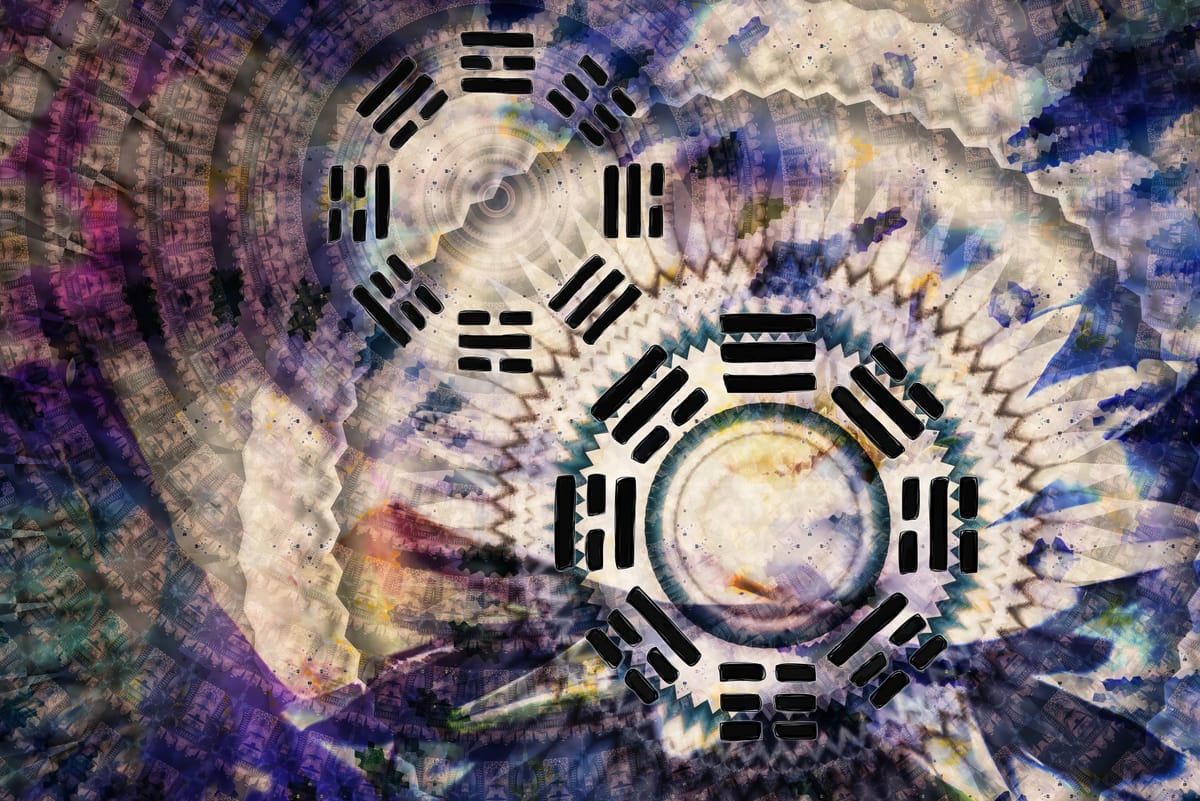
also explained here
Understanding the Core Techniques
The Primary Four (Basic Energies)
- Ward Off (掤) - Like water flowing upward, deflecting incoming force
- Roll Back (捋) - Like fire dancing away, drawing opponent off-balance
- Press (擠) - Like thunder's sudden power, forward pressing energy
- Push (按) - Like marsh water spreading, expansive pushing force
The Secondary Four (Advanced Applications)
- Grab/Pluck (采) - Swift seizing movements like heaven's authority
- Split (挒) - Dividing force like earth's steady separation
- Elbow Strike (肘) - Close-range power like mountain's solidity
- Shoulder/Bump (靠) - Body striking like wind's sudden gust
The Thirteen Postures in Motion (十三勢)
These postures combine the 8 techniques with the 5 stepping positions, creating the complete "13 Postures" system. Each movement flows into the next like a continuous river.
The Traditional Sequence
| # | Chinese | Pinyin | English | Purpose |
|---|---|---|---|---|
| 1 | 起式 | Qǐ Shì | Starting Movement | Opening and centering |
| 2 | 抱球式 | Bào Qiú Shì | Holding the Ball | Gathering energy |
| 3 | 單推式 | Dān Tuī Shì | Single Push | One-handed application |
| 4 | 探式 | Tàn Shì | Reaching/Probing | Testing opponent's energy |
| 5 | 托式 | Tuō Shì | Lifting | Upward redirecting force |
| 6 | 撲式 | Pū Shì | Pouncing | Swift attacking movement |
| 7 | 擔式 | Dān Shì | Carrying | Supporting and controlling |
| 8 | 分式 | Fēn Shì | Splitting | Dividing opponent's force |
| 9 | 雲式 | Yún Shì | Clouding | Circular, flowing movements |
| 10 | 化式 | Huà Shì | Dissolving | Neutralising incoming energy |
| 11 | 雙推式 | Shuāng Tuī Shì | Double Push | Two-handed application |
| 12 | 下式 | Xià Shì | Sinking | Grounding and rooting |
| 13 | 收勢 | Shōu Shì | Finishing Movement | Closing and storing energy |
Key Principles
Cyclical Flow: Each movement flows naturally into the next, like seasons changing or waves on the shore.
Fluid Continuity: There are no stops or pauses - energy moves in an unbroken circle.
Daoist Harmony: Following the principle of wu wei (non-resistance), these techniques work with natural forces rather than against them.
It is not forever....
We will close our early member Founder plan as soon as we are done with redesigning Sage Blue
Practice Wisdom
Start by learning each technique individually, then practice flowing between them. Remember: in Taijiquan, the goal isn't to memorize rigid forms, but to develop the ability to respond naturally and fluidly to any situation.
Think of these 13 postures as a complete vocabulary for movement - once you know the "words," you can speak the "language" of Taiji fluently!
Practice Tip
Start by practicing each step slowly and mindfully. Feel how each direction connects to its element's energy. Forward like flowing water, back like flickering fire, sides like growing wood and sharp metal, and center like solid earth beneath your feet.
Remember: In Taijiquan, every step has meaning, and mastering these five positions will transform how you move through both your practice and daily life!
Start here with the first episode:
